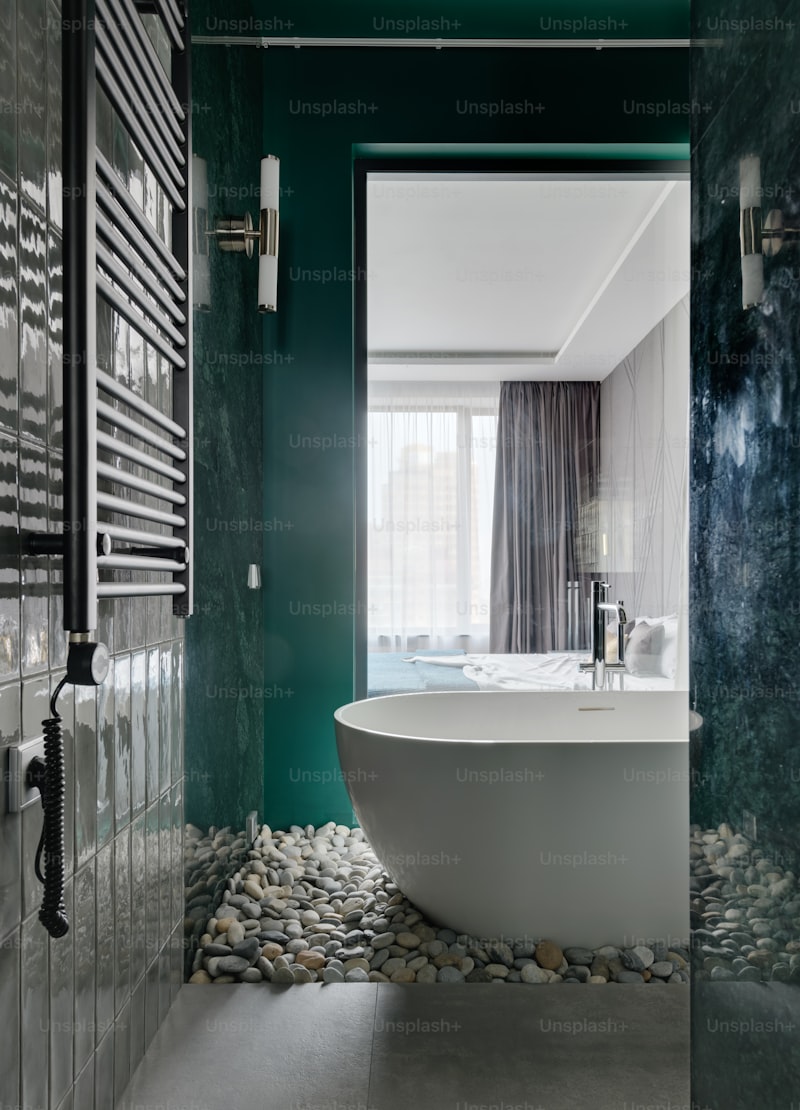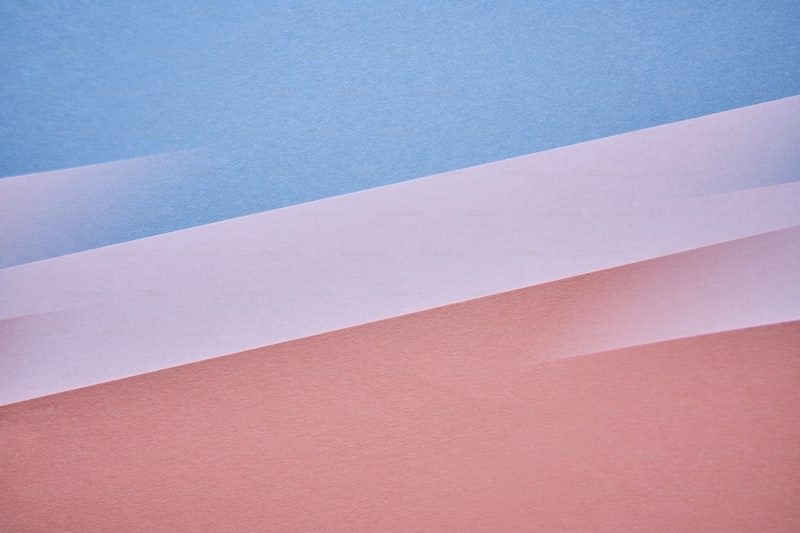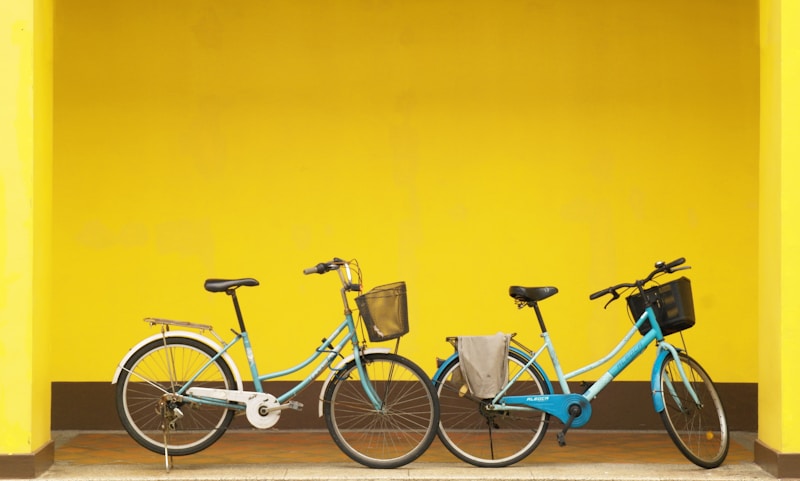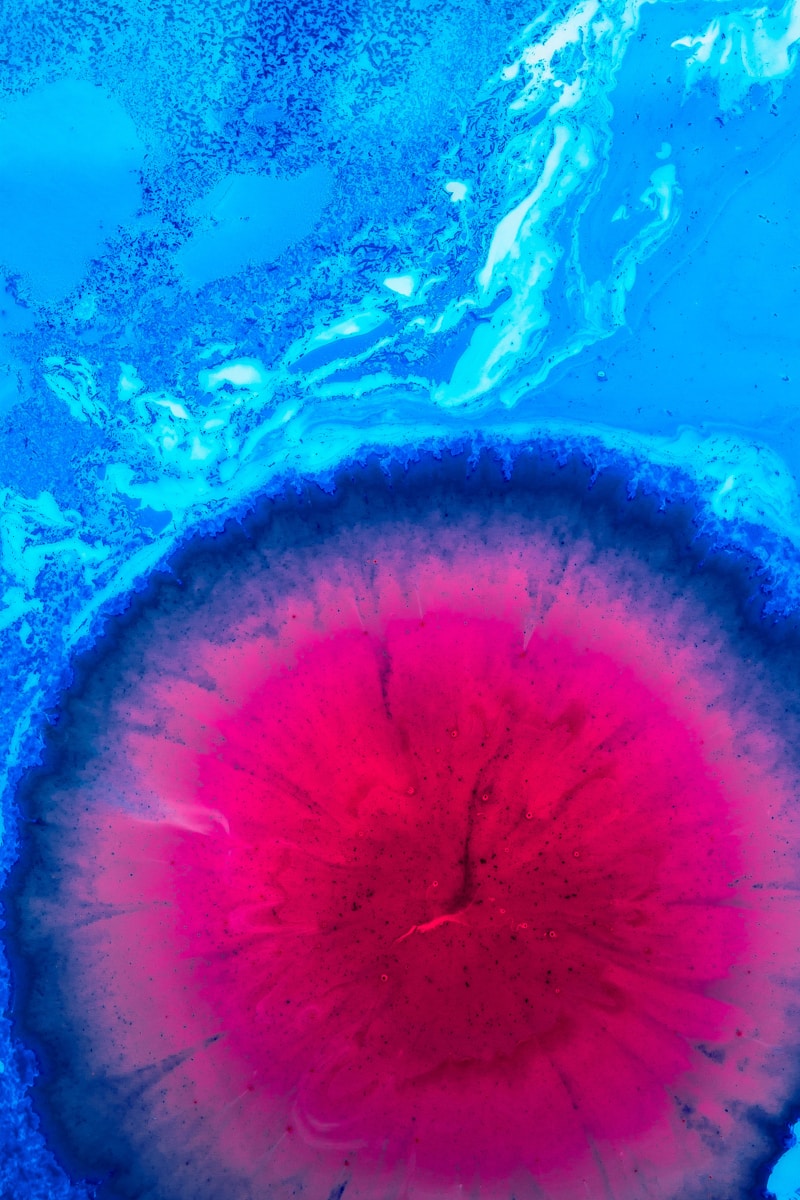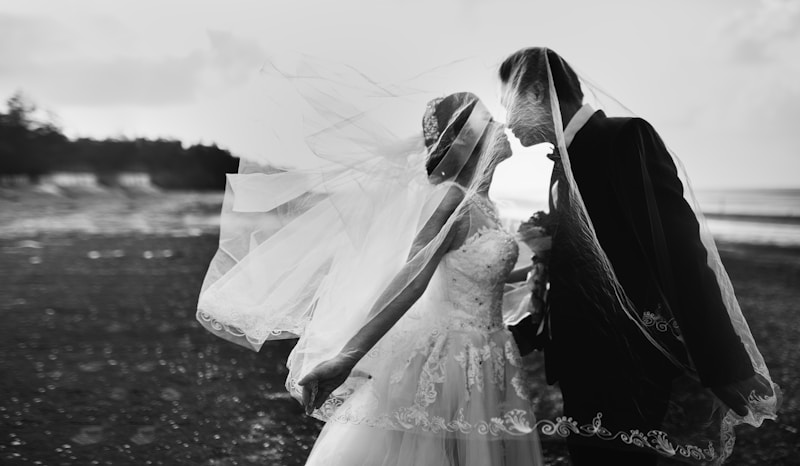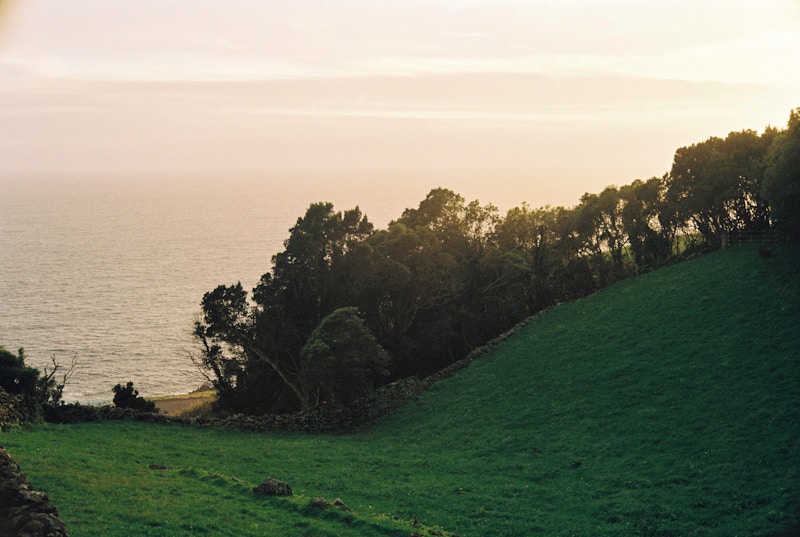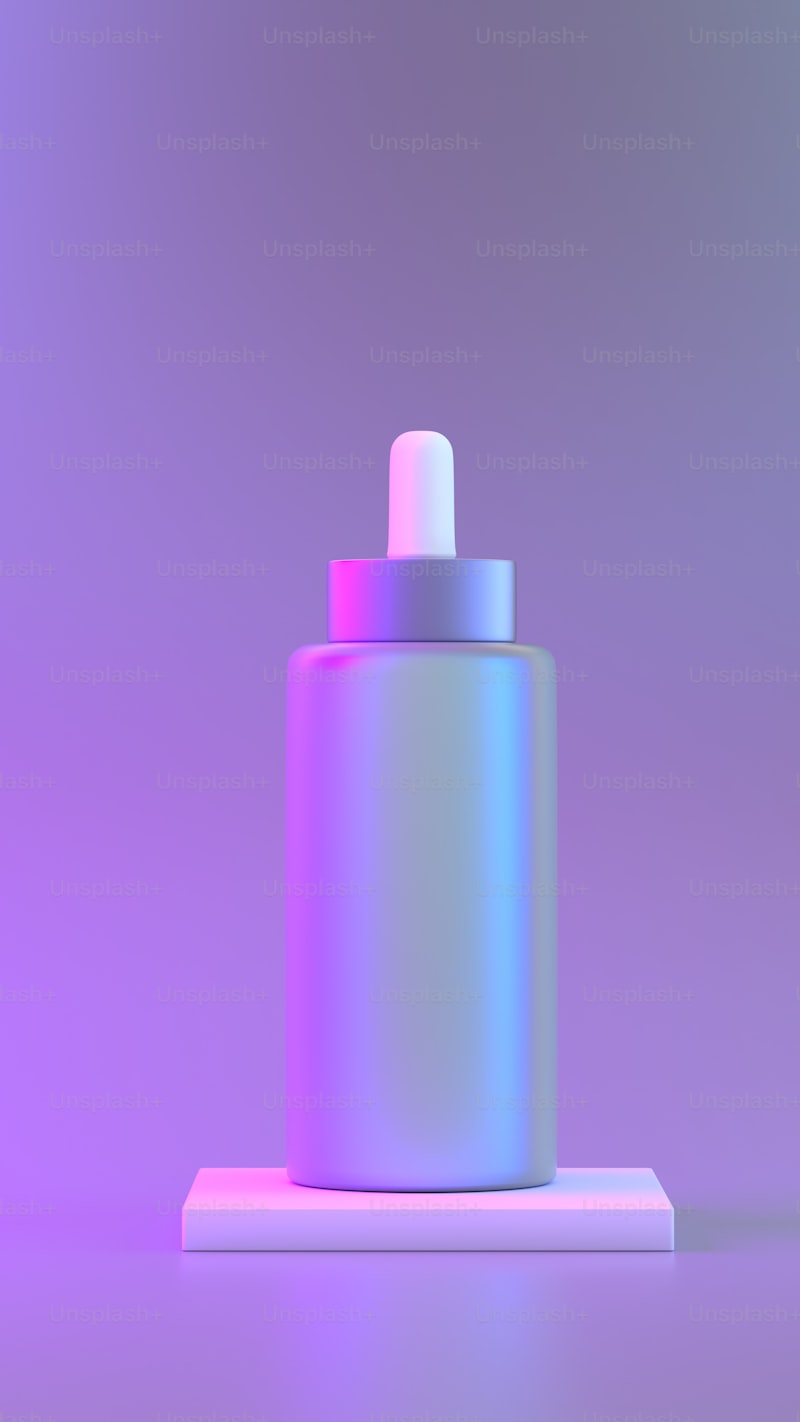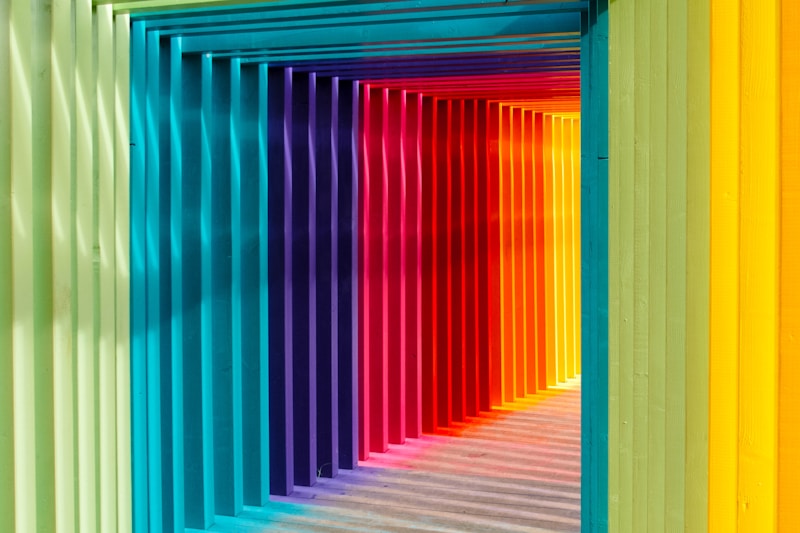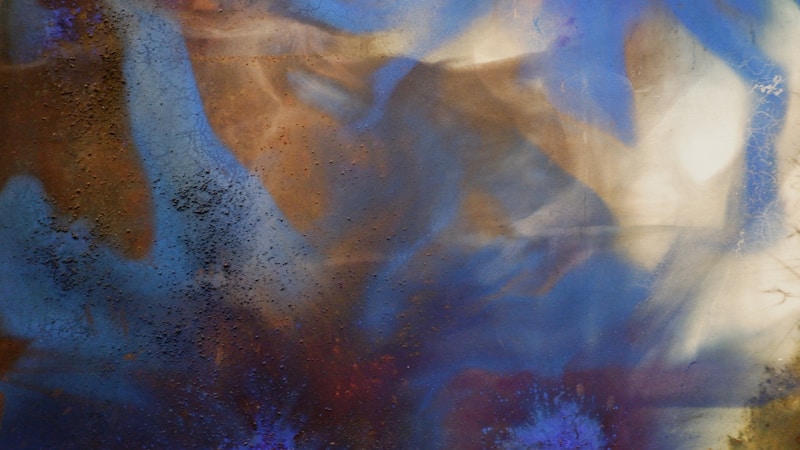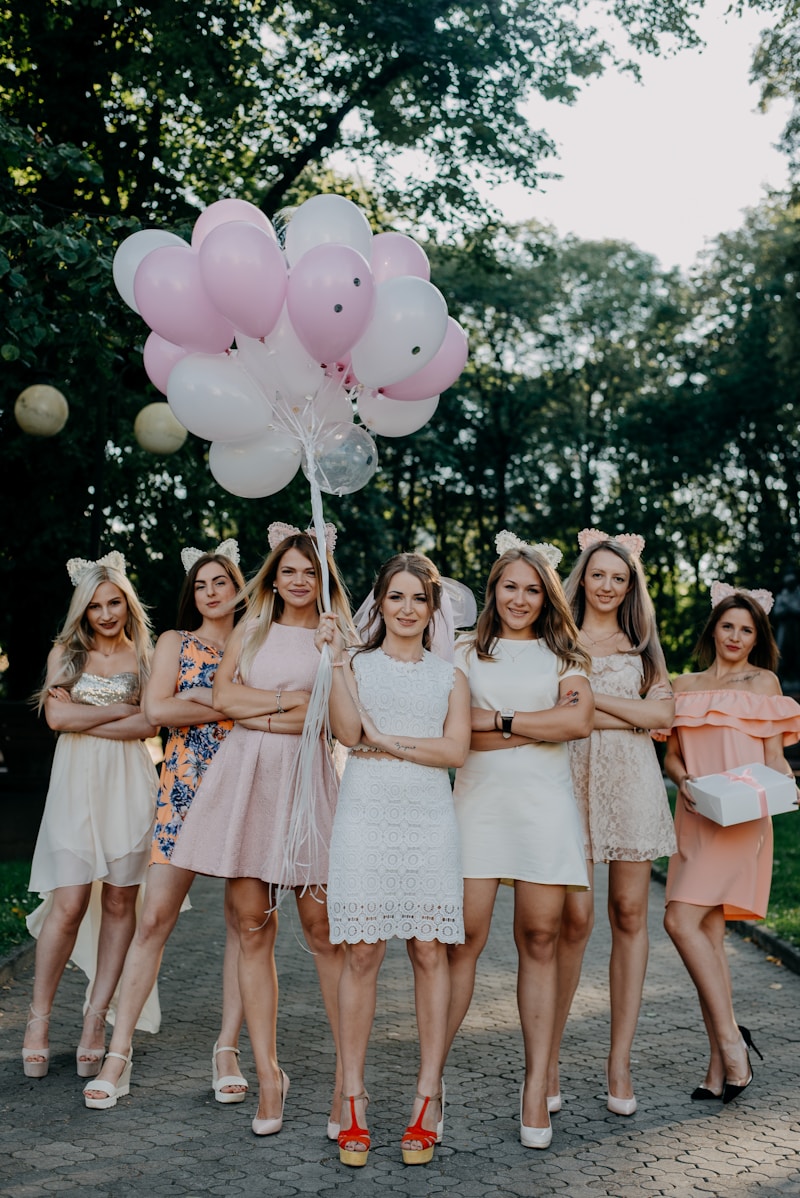Dramatic Contrast Pairings: How to Master the Art of Stunning Combinations
Introduction to Dramatic Contrast PairingsDramatic contrast pairings can make or break a design, whether in fashion, interior decorating, or even graphic arts. When utilized correctly, these pairings evoke strong emotions and create memorable experiences. In this article, we will explore the essence of dramatic contrast pairings, how to effectively implement them, and what considerations you should keep in mind while using this powerful design concept.Understanding Dramatic Contrast PairingsDramatic contrast pairings refer to the combination of elements that differ significantly from each other, creating a striking visual impact. These contrasts can exist between colors, shapes, patterns, or even materials. For example, think of a sleek black dress paired with a vibrant red jacket. The boldness of the red against the classic elegance of black creates a compelling visual narrative.Why Use Dramatic Contrast Pairings?Employing dramatic contrast pairings can serve several purposes:Attract Attention: The stark differences draw the eye, making it an effective tool for highlighting a focal point.Convey Emotion: Contrasting elements can evoke feelings ranging from tension to harmony, depending on how they are combined.Enhance Creativity: It encourages out-of-the-box thinking and experimentation, leading to unique end results.Common Types of Dramatic Contrast PairingsThere are various forms of dramatic contrast pairings, and understanding them can help you leverage their power effecti...
Exploring the Allure of Romantic Color Gradients in Design
Introduction to Romantic Color GradientsIn the world of design, color plays a crucial role in evoking emotions and setting the tone of any project. Among various color techniques, romantic color gradients have gained significant popularity in recent years, particularly in digital art, website design, and branding. This article delves into the concept of romantic color gradients, their applications, and how to effectively use them to enhance your designs.Understanding Romantic Color GradientsRomantic color gradients are blends of colors that create a soothing and harmonious effect. They are often composed of soft hues such as pastel pinks, purples, blues, and other gentle tones that evoke feelings of love, nostalgia, and tranquility. These gradients can be used in various media, including web design, mobile applications, marketing materials, and artwork.Key Characteristics of Romantic Color Gradients:Soft, gentle transitions between colorsUse of warm and cool tones to create depthIncorporation of complementary colors for balanceEvokes feelings of romance, peace, and nostalgiaApplications of Romantic Color GradientsRomantic color gradients serve numerous functions in design, enhancing both aesthetics and emotional appeal. Some common applications include:ApplicationDescriptionWeb DesignUsed in background images to create a soft, inviting atmosphere.Social Media GraphicsEnhances posts and stories, making them more visually appealing.BrandingEstablishes a brand's identity by evok...
Exploring Classic Color Wheel Applications: A Comprehensive Guide
In the realm of design and art, understanding color is paramount. One of the most fundamental tools for mastering this aspect is the Classic Color Wheel. This essential tool helps artists, designers, and anyone interested in color theory to visualize and understand the relationships between colors. In this article, we will explore the various applications of the Classic Color Wheel, delving into its significance for different fields, and ultimately providing tips for effectively utilizing this valuable resource.What is a Classic Color Wheel?The Classic Color Wheel is a circular diagram that illustrates the relationships between colors. It’s traditionally divided into primary, secondary, and tertiary colors:Color TypeExamplesPrimary ColorsRed, Blue, YellowSecondary ColorsGreen, Orange, PurpleTertiary ColorsRed-Orange, Yellow-Green, Blue-PurpleThis visual representation is vital for anyone looking to employ color effectively, whether you're a painter, graphic designer, interior decorator, or simply someone passionate about creating visually appealing spaces.The Importance of Color TheoryColor theory is a framework of guidelines on how colors interact, and it plays a crucial role in various fields:1. Art and DesignArtists often rely on the Classic Color Wheel to create harmonious compositions. By understanding color relationships, they can choose colors that complement or contrast effectively. For instance, using complementary colors, which are opposite each other on the wheel, ...
Cultural Color Significance: Unveiling the Meaning Behind Colors Across Cultures
Understanding the Impact of Color in Different Cultures Colors hold immense significance across various cultures around the world. The meanings attributed to colors can influence social behavior, art, design, and even personal associations. In this article, we will explore the cultural color significance, examining how different societies perceive colors and the deeper meanings they embed within them. The Psychology of Color Colors can evoke emotions, convey messages, and provoke reactions. Understanding the psychology of color is crucial not only for artists and designers but also for marketers and communicators. Each color is associated with certain feelings and interpretations that can vary dramatically from one culture to another. Table of Common Color Meanings Across Cultures ColorMeaning in Western CulturesMeaning in Eastern Cultures RedLove, passion, dangerGood luck, happiness, prosperity BlueCalmness, trust, sadnessImmortality, protection GreenNature, growth, envyFertility, prosperity YellowHappiness, caution, cowardiceAuthority, power, wealth BlackMourning, elegance, powerEvil, misfortune, resilience WhitePurity, peace, innocenceMourning, death, spirituality Red: The Color of Passion and Fortune In Western cultures, red is often associated with passion and love, symbolizing intense emotions and even danger. It is frequently used in heart motifs and romantic contexts. However, in many Eastern cultures, red is considered a symbol of good luck and fortu...
Understanding Color Psychology in Weddings: Creating the Perfect Atmosphere
Colors play a vital role in weddings, influencing emotions, setting the mood, and reflecting the personalities of the couple. Embracing the principles of Color Psychology in Weddings can transform a simple ceremony into a memorable experience. This article will explore various colors and their psychological impacts, offer practical suggestions for integrating them into wedding planning, and address common questions surrounding this captivating topic.The Basics of Color PsychologyColor psychology is the study of how colors affect human emotions and behaviors. In the context of weddings, the choice of color can evoke particular feelings and create an atmosphere that resonates with the couple's vision. Understanding the meanings behind different colors can help couples select shades that align with their unique story.ColorPsychological EffectCommon UsageRedPassion, love, energyBridal bouquets, accent decorBlueCalm, trust, peaceTable settings, wedding attireGreenGrowth, harmony, freshnessCeremony settings, floral arrangementsYellowHappiness, cheerfulnessTheme color, centerpiecesPurpleLuxury, creativity, spiritualityInvitations, lightingWhitePurity, innocence, simplicityWedding dress, linensPopular Color Palettes for WeddingsWhen planning a wedding, couples often choose specific color palettes that resonate with their personalities or the season. Here are some popular combinations:Classic White and GreenThis timeless combination exudes elegance and simplicity. White symbolizes pur...
Timeless Color Inspirations: Bringing Life and Harmony to Your Spaces
Understanding Timeless Color InspirationsColors play a pivotal role in shaping our environment and influencing our emotions. The concept of "Timeless Color Inspirations" revolves around selecting colors that not only stand the test of time but also evoke feelings of comfort, serenity, and joy. In this article, we will explore various aspects of timeless color inspirations, including how to select the best colors for your spaces, the psychology behind colors, and some historical and contemporary color palettes that have remained popular. Whether you’re redecorating your home, planning a painting project, or simply looking to refresh your color palette, these inspirations will guide you in making thoughtful choices.The Psychology of ColorUnderstanding the psychology of color is essential in determining the impact different hues can have on our mood and behavior. Colors can provoke emotions, influence thoughts, and even affect productivity. Here are some commonly recognized colors and their associated psychological effects:ColorEmotionBest UsesBlueCalmness, TrustBedrooms, OfficesRedEnergy, PassionDining Rooms, GymsGreenHarmony, GrowthLibraries, Living RoomsYellowHappiness, CreativityStudios, PlayroomsNeutral TonesBalance, SimplicityAll SpacesChoosing the Right Color for Your SpaceTo achieve the desired effect in any room, consider these essential factors when selecting colors:Room Purpose: Identify the primary function of the space.Lighting: Natural and artificial lighting can d...
Elevate Your Space with Jewel Toned Accents: A Comprehensive Guide
In the world of interior design, the choice of color can drastically alter the ambiance of a space. One trend that has gained popularity in recent years is the use of jewel toned accents. These rich and vibrant colors, reminiscent of precious gemstones, can create an elegant and sophisticated environment. In this article, we will explore what jewel toned accents are, how to incorporate them into your design, and the benefits they bring to your home. Additionally, we will address common questions and concerns regarding their use.What Are Jewel Toned Accents?Jewel toned accents refer to deep, saturated colors that evoke the hues of gemstones such as emerald green, sapphire blue, amethyst purple, and ruby red. These colors can be used as focal points in a room, whether through the use of furniture, accessories, or paint. The allure of jewel tones lies in their ability to add depth and richness to any space, making them a favorite among interior designers.Benefits of Using Jewel Toned AccentsIncorporating jewel toned accents into your home décor can transform a mundane space into a luxurious oasis. Here are some benefits to consider: Creates a Luxurious Feel: Jewel tones exude opulence, making your space feel more upscale. Enhances Mood: Rich colors can evoke emotions and create a warm, inviting atmosphere. Versatility: Jewel tones can complement a variety of color schemes, allowing for flexibility in design. Timeless Appeal: Jewel tones are classic colors that rarely...
Achieving Perfect Warm and Cool Color Balance for Stunning Visuals
In the world of design and art, the concept of color balance plays a significant role in creating visually appealing compositions. One essential aspect of this is achieving a harmonious blend of warm and cool colors. Understanding how to balance these color temperatures can drastically change the mood, emotion, and effectiveness of your artwork, designs, or even interiors. This guide delves into the principles behind warm and cool color balance and offers valuable tips for mastering this technique.Understanding Warm and Cool ColorsWarm colors typically include reds, oranges, and yellows, while cool colors encompass blues, greens, and purples. Understanding the psychological effects of these colors is crucial in design. For instance, warm colors tend to create feelings of comfort, energy, and passion, while cool colors are often associated with calmness, tranquility, and relaxation.The Color Wheel: Your Best FriendUsing the color wheel can help you visualize the relationships between different colors and how to achieve a perfect balance. Colors opposite each other on the wheel, known as complementary colors, naturally create contrast. For example, a warm orange paired with its complementary cool blue can produce a striking visual impact.Warm ColorsCool ColorsRedBlueOrangeGreenYellowPurpleTips for Achieving Warm and Cool Color BalanceTo successfully balance warm and cool colors in your projects, consider the following tips:1. Use the 60-30-10 RuleA popular guideline in design i...
Unlock Your Creativity: A Comprehensive Guide to DIY Color Palette Creation
Introduction to DIY Color Palette CreationCreating your own color palette can be a thrilling and rewarding experience, allowing you to express your creativity and personal style. Whether you’re planning a home renovation, redecorating your living space, or even embarking on a craft project, understanding how to create a DIY color palette can significantly enhance the visual appeal of your project. In this article, we’ll guide you through the essential steps to DIY color palette creation, tips to consider, and common pitfalls to avoid.Why DIY Color Palette Creation MattersHaving a cohesive color palette is pivotal in making any project aesthetically pleasing. A well-thought-out color palette can: Create a mood or ambiance Unite various elements of your design Highlight focal pointsBy developing your own color palette, you not only make your project uniquely yours, but you also learn valuable design skills that can be applied in various fields, from interior design to graphic design.Understanding Color TheoryBefore you jump into DIY color palette creation, it's vital to understand some basic principles of color theory. Here are a few key concepts:The Color WheelThe color wheel is a circular diagram that displays colors and their relationships. It is an essential tool for understanding color harmony. The primary colors—red, blue, and yellow—combine to create secondary colors (green, orange, and purple), which can then combine to produce tertiary colors.Color HarmonyColor harm...
Unlocking the World of Artistic Color Interpretation: A Comprehensive Guide
Introduction to Artistic Color Interpretation Color is a powerful element in the world of art, capable of evoking emotions, creating atmospheres, and communicating messages. The term Artistic Color Interpretation refers to the process by which artists use color to express their thoughts and ideas. This article explores various aspects of color interpretation in artistic practice, including its significance, techniques, and how it influences the viewer's perception. The Importance of Color in Art Understanding Artistic Color Interpretation is vital for both artists and art enthusiasts. Color can impact the mood of a piece, the techniques artists apply, and the overall interpretation by the audience. Here are essential points on why color is indispensable in art: Emotional Influence: Colors can evoke feelings. For instance, red may stimulate energy, whereas blue may create a sense of calm. Cultural Significance: Different colors hold different meanings across cultures. For example, white symbolizes purity in some cultures, while in others, it represents mourning. Visual Harmony: Effective color combinations can offer visual balance, drawing viewers in and keeping them engaged. Understanding Color Theory To delve into Artistic Color Interpretation, it's essential to understand color theory. This theory helps artists create harmonious works by understanding how colors interact. Here are some key components of color theory: Primary Colors Red, Blue, Yellow Secondary C...
Mastering Harmonious Color Blending: A Guide for Artists and Designers
Understanding Harmonious Color Blending In the world of art and design, understanding how to create visually appealing compositions is crucial. One of the key aspects that artists and designers must master is harmonious color blending. This process involves combining colors in a way that is pleasing to the eye while conveying the intended message or emotion. In this article, we will explore the concept of harmonious color blending, its importance, and practical methods for achieving it.The Basics of Color TheoryBefore delving into harmonious color blending, it's essential to have a grasp of color theory. Color theory is a framework for understanding how different colors interact with each other and the emotional responses they evoke. Here are some fundamental concepts:Color WheelA circular diagram of colors arranged according to their relationships.Primary ColorsRed, blue, and yellow, which cannot be created by mixing other colors.Secondary ColorsGreen, orange, and purple, formed by mixing primary colors.Tertiary ColorsColors formed by mixing a primary color with a secondary color.The Importance of Harmonious Color Blending Harmonious color blending is vital in various fields, including graphic design, interior decorating, and fine arts. Effective blending of colors can enhance the aesthetic appeal of a work, guiding the viewer’s emotions and perceptions. Here are a few reasons why mastering this skill is important:Emotional Impact: Certain color combinations can evoke feeli...
Color-Focused Wedding Decor: Transforming Your Special Day with Vibrant Themes
Introduction to Color-Focused Wedding DecorPlanning a wedding can be both exhilarating and overwhelming, especially when it comes to decor. One powerful trend that has captured the hearts of many couples is color-focused wedding decor. By choosing a palette that speaks to your vision, you can create a celebration that not only looks stunning but also resonates with your personal style. In this article, we’ll explore various aspects of color-focused wedding decor, including ideas, popular color schemes, and tips on how to bring your dream wedding to life.Understanding the Importance of Color in Wedding DecorThe colors you choose for your wedding decor can significantly influence the ambiance of your celebration. Different colors evoke different emotions. For example, blue often symbolizes tranquility, while vibrant red can stir up passion and excitement. By understanding the psychology of color, you can curate a decor scheme that enhances the mood you want for your big day.Popular Color Schemes for WeddingsMany couples are choosing to base their wedding decor around specific color schemes. Below are some of the most popular combinations:Color SchemeKey CharacteristicsPastel PaletteSoft colors like blush pink, mint green, and lavender create an airy, romantic feel.Bold Jewel TonesRich colors such as emerald green, sapphire blue, and ruby red add depth and sophistication.Neutral and Earthy TonesColors like beige, taupe, and muted greens bring a natural and rustic feel, perfect f...
